The main condition for obtaining a high-quality crop is the presence of substances necessary for nutrition of plants. To ensure the culture of these substances, the soil must be enriched with fertilizers. An alternative to expensive types of components is a compost with their own hands, for the preparation of which only available and cheap substances are required. Fruit, thus, the soil allows you to get a good, environmentally friendly crop. Compost is saturated with an organic material, so that its structure is restored and improved. In its physical properties, this crumbling fertilizer of dark brown color. In addition to the nutritional value for plants, compost has another obvious dignity - efficiency.
Ingredients for cooking
For compost fertilizer, such materials are suitable as:
- beveled grass;
- waste from the kitchen and garden;
- weighing plants;
- cleaning from vegetables and fruits;
- fish waste;
- welding from tea;
- eggshell;
- paper.
If there is wood ash, this component will become a very useful complement of fertilizer, as it has a large calcium content. Paper and coal ashes add not to add. In addition to these waste, composite components are also soil, fertilizer and lime. Adding data ingredients contributes to increasing the nutritional value of the compost mass and speeds up the process of its maturation.
There are such waste that cannot be added to the compost in the country:
- meat;
- bones;
- plastic;
- synthetics;
- as well as plants affected by fungal diseases.
It is not recommended in a large volume to add and falling foliage. The nutrient content in this material is minimal, for this reason, it will take more time to decompose such raw materials than for other materials. Composting the fallen leaves is recommended separately with the addition of ammonium sulfate and soil.
Advantages of the composting process
In the process of soil enrichment, fertilizers may have doubts about the feasibility of composting. After all, you can simply bury waste into the ground. But this process has several advantages that are beneficial to it from a simple instillation.
- In the waste used, the carbon and nitrogen content is not the same. When mixing components having a high content of these substances with ingredients with a low concentration, a homogeneous mass enriched with nitrogen is obtained. Such a mass when introduced into the soil, it will not consume nitrogen from the soil.
- If you make compost at home with poor nitrogen content while in the soil, they will absorb this substance from the soil. As a result, the planted plants will sense the lack of nitrogen, which will result in the receipt of poor-quality crop.
- Carbon is an integral element in the formation of organic molecules. It is located as part of all plants, but its highest concentration is present in wood waste - sawdust, stems, small branches.
- Nitrogen is a power source for microorganisms. It is contained in chicken litter, bone flour, beans, beveled grass.
- Also, making a large number of plant raw materials, which has not passed the decomposition process, will entail an increase in the soil of carbon dioxide. This will adversely affect the roots of plant crops.
The use of compost contributes to the destruction of seeds of weed plants. In the course of composting on waste of plant and animal origin, the activities of parasitic organisms are carried out, which destroy the seeds even until they fall into the ground. The temperature of the compost heap reaches high indicators, as a result of which a large number of pathogenic bacteria is dying.
Choosing a place
The place to create a heap of compost must have a flat surface, as well as be well dried. Under a bunch you can put a straw, it will provide free air circulation. The most suitable container container is specifically designed for this, which will allow fertilizer from the penetration of various pests.
Formation of a compost heap
Before making compost, it is necessary to prepare components in a certain way:
- Hard materials need to crush well, and soft raw materials, such as beveled grass, should be mixed with tighter waste. These activities will allow to achieve an optimal degree of compost mass.
- In the process of the formation of a heap, the thickness of the layer of laid wastes should be 15 cm.
- In the course of work it is necessary to monitor so that thick layers are not formed. Since in this case there will be a seal, which in turn will make the material impenetrable to enter moisture and air.
- Dry raw materials when cooking compost should be slightly moistened, but not to fill abundantly.
- The size of the heap itself has a significant effect on the preservation of optimal indicators of moisture and temperature in the compost pile. So that a bunch responded with all the necessary requirements, its height should have dimensions from 1.2 to 1.5 m, the length is also 1.5 m.
- Each layer must be filled with lime. When forming a heap of 1.2x1.2 m of this substance, it will take 700. In addition to the lime, such components are needed as ammonium sulfate and superphosphate - 300 g and 150 g, respectively.
- An alternative to ammonium sulfate can be a bird litter (4.5 kg of litter equal to 450 g of ammonium sulphate). When these additives are made before laying each layer of waste, the soil layer should be braid about 1 cm. If desired, a small amount of lime can be replaced by wood ash. This will contribute to saturation of pile of potassium and reduce its acidity level. Improve the quality of the compost and speed up its maturation can watering it with liquid manure.
- Thus, adding layers of waste, lime, superphosphate, ammonium sulfate and soil a bunch must be brought to height 1, 2 m. When the required dimensions are achieved, a bunch should be covered with a layer to 5 cm. From above, a bunch should be covered with any material that protects Its from rain. To do this, you can use a film, a sheet of plastic or other material. The compost mass must be maintained in the raw state, watering it periodically with water.
The compost maturation time depends on the temperature of the external environment. In the warm season, this will take three months, in the cold - five. To accelerate maturation, the mass is recommended to be mixed in three to six weeks. But this is not mandatory. The purpose of this action is to mix the outer layer in which the decomposition process is slower. But it is also possible to cut this layer with a shovel and add it to a new compost.
If a bunch of large size and layers in it are in a compacted state, you need to do the hole in the middle to speed up the decomposition. It is possible to determine the readiness of the compost by its external features. Mass must have a dark brown color, a sufficient degree of looseness and earth odor.
Stages of ripening of compost mass
Compost during its maturation passes four stages:
- The first stage is decomposition and fermentation. Its duration ranges from 3 to 7 days. At this stage, the temperature is significantly increasing in the pile and reaches 68 ° C.
- In the second stage, which is called perestroika, the temperature decreases. Also enters the active phase reproduction of fungi and gases. These processes pass over two weeks.
- The third stage is characterized by the formation of new structures. After lowering the temperature level up to 20 ° C, insects appear in the mass. The result of their presence is mixing of mineral and organic substances. Due to the vital activity of these organisms, humus is formed.
- The last fourth stage of maturation begins at the moment when the temperature level of the compost is compared with this environmental indicator.
Adding activators
Today, you can find preparations that activate the composting process. These are activators who are divided into two types:
- biological;
- chemical.
These drugs contribute to the flow of the necessary processes in the mass of compost, but their addition is not a prerequisite for the ripening of fertilizer.
All bacteria that fill the mass of biological activators are contained in garden soil. To ensure the material of microorganisms needed to decompose the material, it is enough to add this soil into a bunch. Alternative to chemical activators can be lime and mineral fertilizers.
Application of compost
Compost can be used as fertilizer, biological fuel and means for mulching. How fertilizer compost mass is suitable for any plant crops. As a rule, close it in the soil in the autumn and winter period, but it is allowed to enter into the ground at any other time. The norm of this fertilizer is 5 kg / m 2. Mass close up with a robrel in cultivation.
Compost cannot be used as a soil for seedlings, as it contains a large concentration of nutrients. For this purpose, the mass is stirred with sand or earth. Also, this fertilizer is a good biological fuel for greenhouses in which the cultivation of seedlings and plant content is carried out.
Suitable compost and for mulching. That is, the creation of a protective layer for soil under trees or plants from drying out, weathered, leaching and enriching it by organic substances, which positively affects the development of the root system. In this case, it is necessary to take into account the moment that not fully decomposed compost may contain weed seeds. Therefore, it is only necessary to use a well-ripe mass.
Conclusion
Compost is a fairly effective fertilizer. It satures the soil by all substances that are necessary for plant cultures for the development of the root system and full growth, resulting in improving the quality of the harvest. In the article, we looked at the main subtleties and ways, how to make compost and improve the growth process of plants at its summer cottage.
Method of compost preparation is shown in video:

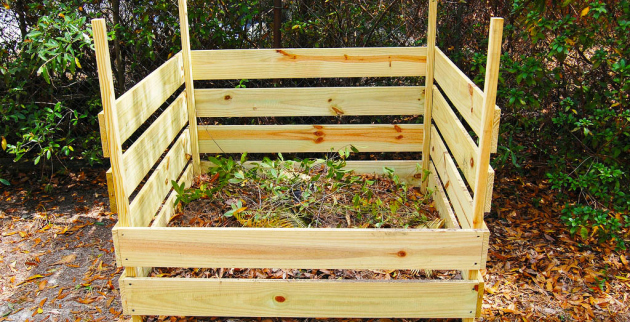
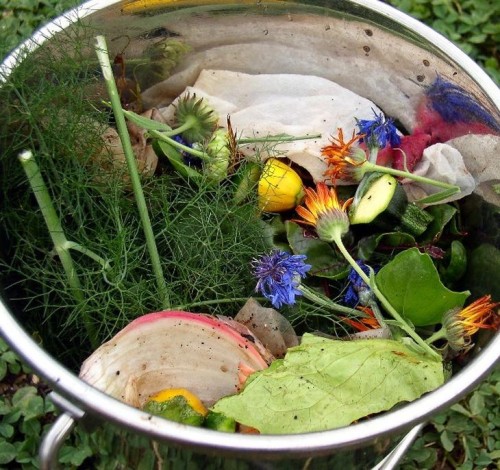
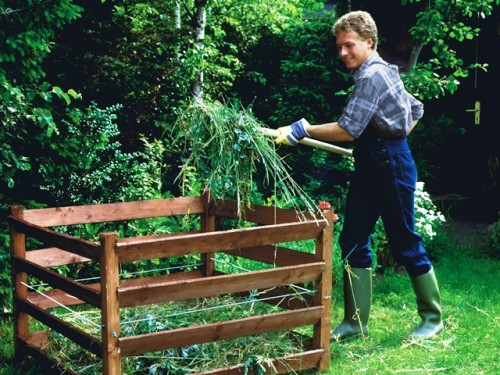
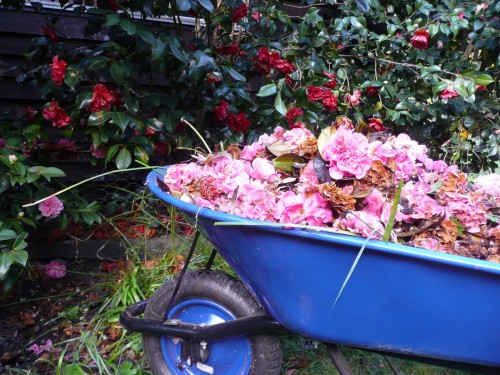
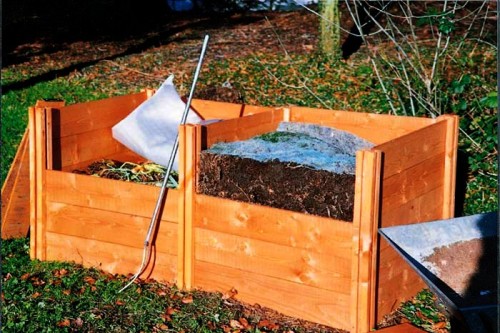
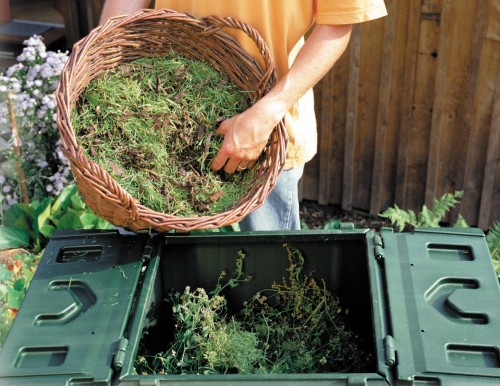
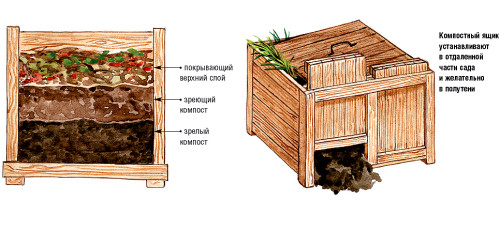
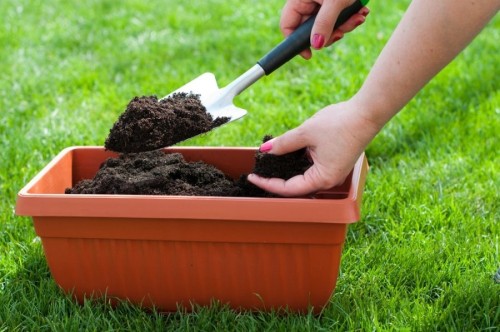





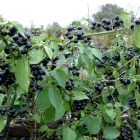
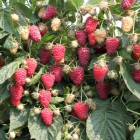
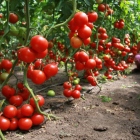
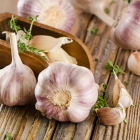
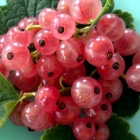
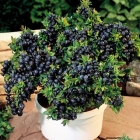
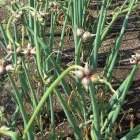
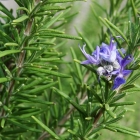
 Start a discussion ...
Start a discussion ...